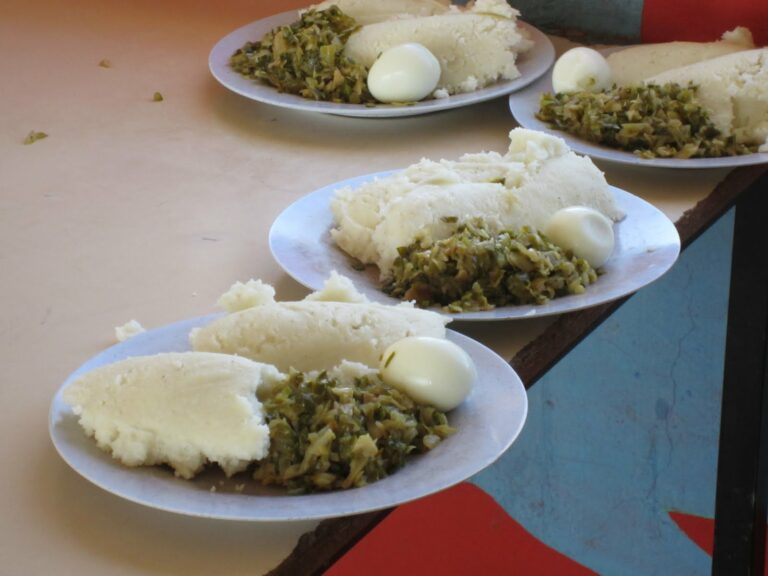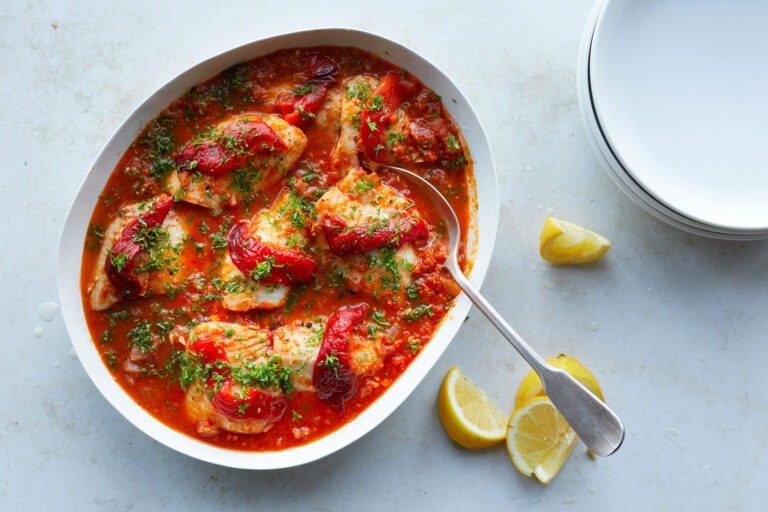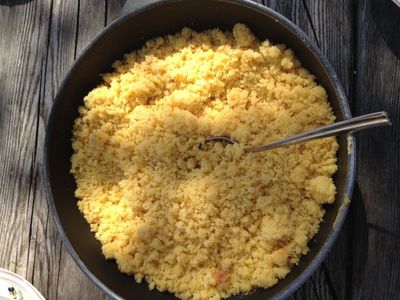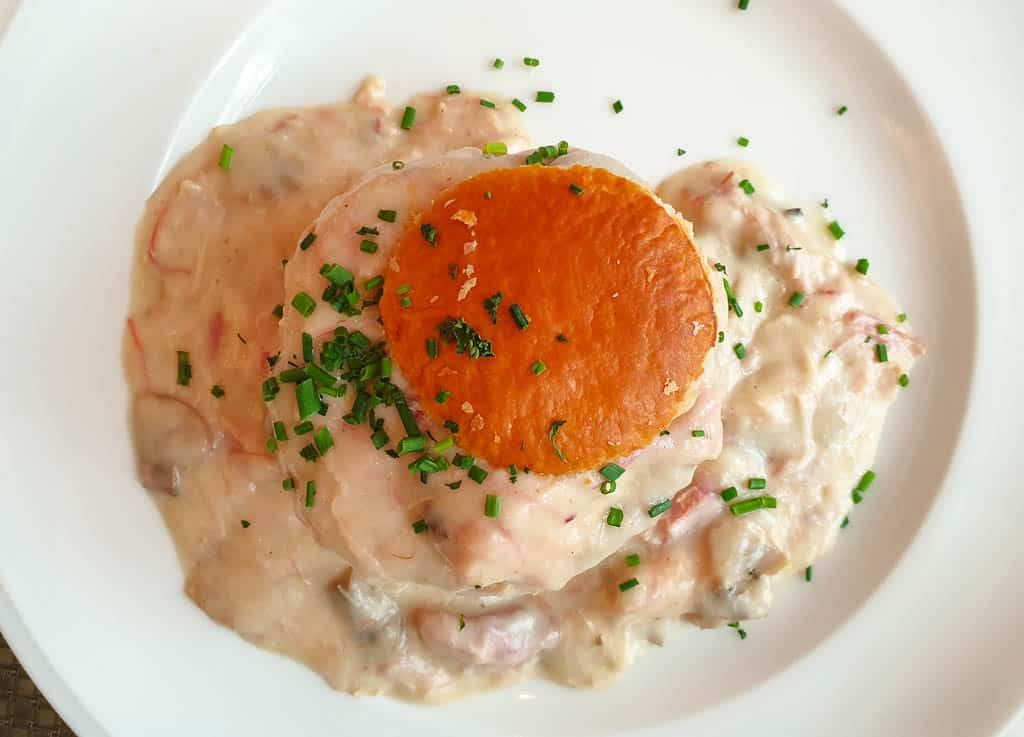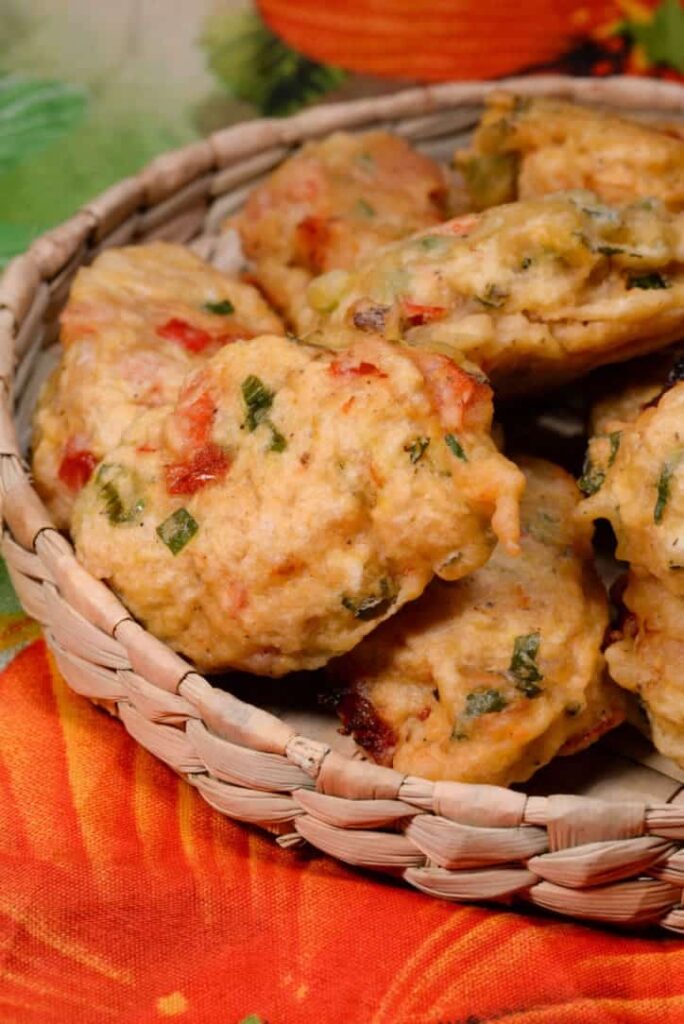Introduction: The Flavors of Laotian Cuisine
Laotian cuisine is known for its bold and complex flavors that are a fusion of Thai, Vietnamese, and Chinese influences. The cuisine uses a variety of herbs and spices to create unique dishes that are both savory and aromatic. Laotian food is often characterized by its use of fresh ingredients, including herbs, vegetables, and meats. The cuisine is also known for its spicy dishes, but not all Laotian dishes are hot.
The Role of Spices in Laotian Dishes
Spices play an important role in Laotian cooking, both for flavor and for medicinal purposes. Many of the herbs and spices used in Laotian cuisine are believed to have healing properties and are used to treat a variety of ailments. In addition to adding flavor, spices are used to balance the heat of spicy dishes, creating a complex flavor profile. Spices are also used as a preservative, allowing food to be stored for longer periods of time in the hot and humid climate of Laos.
Common Spices Used in Laotian Cooking
Some of the most common spices used in Laotian cuisine include galangal, lemongrass, kaffir lime leaves, coriander, and garlic. Galangal, also known as Thai ginger, has a slightly floral flavor and is often used in soups and curries. Lemongrass has a citrusy flavor and is used in a variety of dishes, including soups, stir-fries, and curries. Kaffir lime leaves have a distinctive floral and citrus flavor and are often used in soups and curries. Coriander, also known as cilantro, is used both as a fresh herb and a spice in Laotian cuisine. Garlic is used in many dishes and is known for its health benefits.
Regional Variations in Laotian Cuisine
Laotian cuisine varies by region, with each area having its own unique flavor profile. In the north, dishes tend to be milder and less spicy, with a focus on freshwater fish and herbs. In the south, dishes are spicier and often include seafood. Central Laos is known for its sticky rice and a variety of meat dishes. Each region uses different spices and herbs to create unique dishes.
Mild vs. Spicy Laotian Dishes
While Laotian cuisine is known for its spicy dishes, not all Laotian food is hot. Many dishes are mild or have a subtle heat that is balanced by other flavors. Dishes that are traditionally spicy, such as larb and tam som, can be adjusted to be less spicy by reducing the amount of chili peppers used. It is also common for spicy condiments, such as chili paste and fish sauce, to be served on the side so that diners can adjust the heat level to their liking.
Conclusion: The Heat Factor in Laotian Food
Spices play an important role in Laotian cuisine, adding flavor and complexity to dishes. While Laotian food is known for its spicy dishes, not all food is hot. The heat level can be adjusted to suit individual preferences, and many dishes are designed to be balanced with other flavors. Whether you prefer mild or spicy food, Laotian cuisine offers a variety of dishes to suit your taste.




